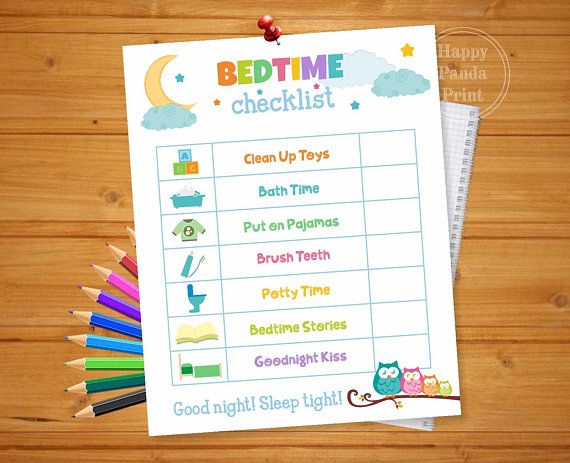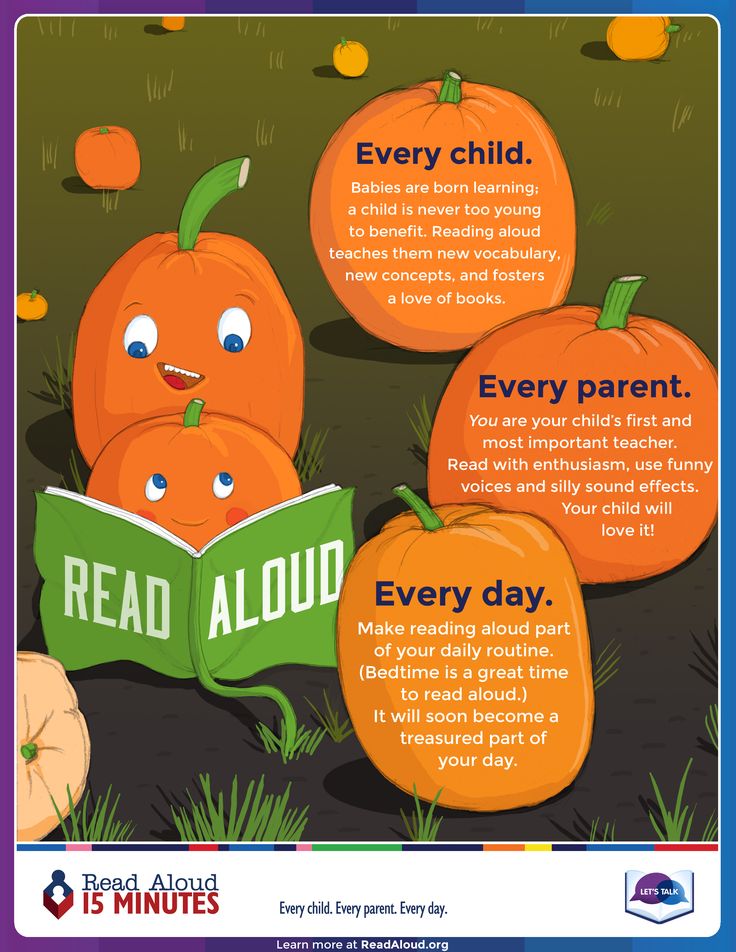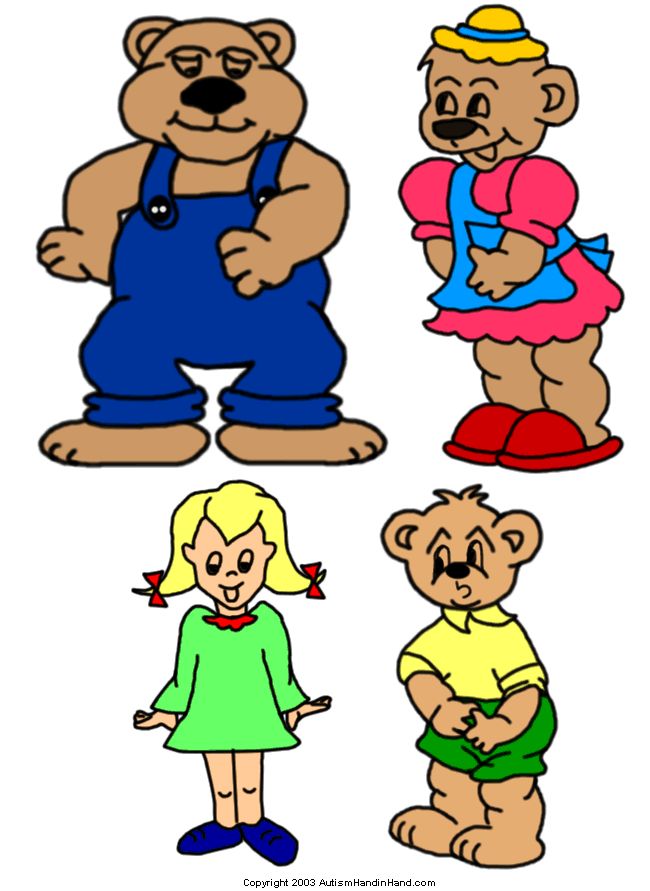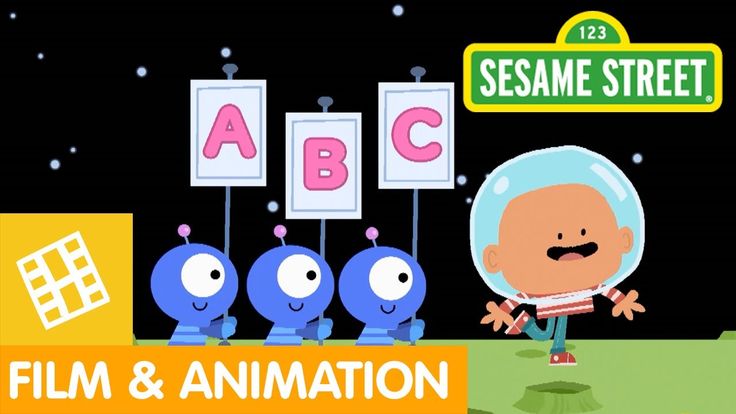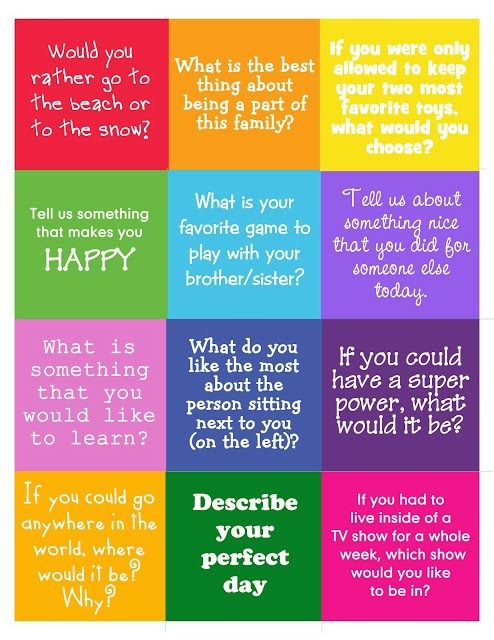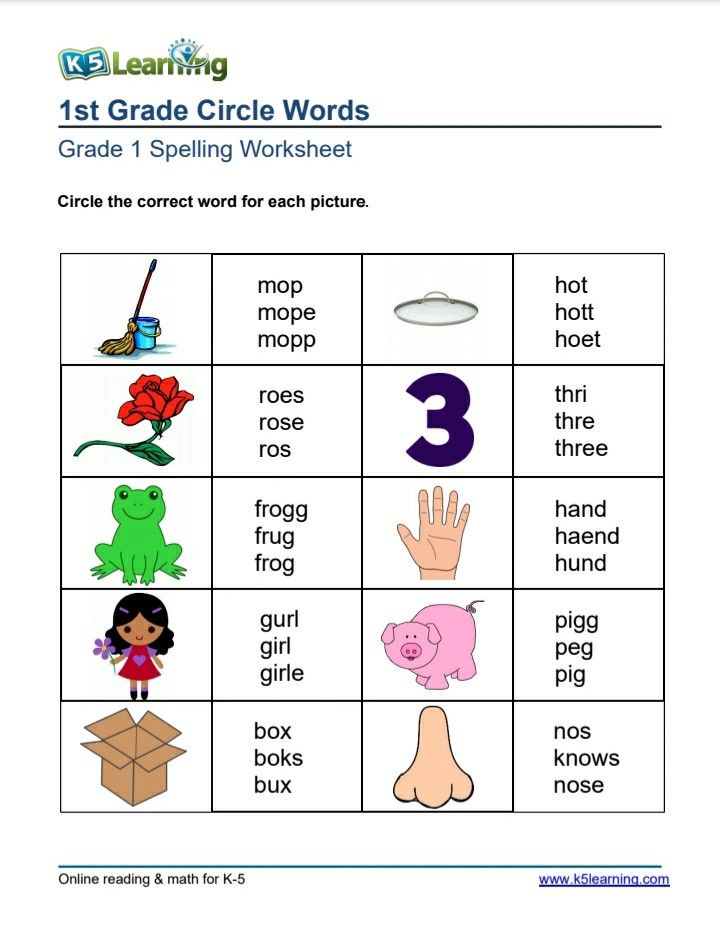When should child recognize numbers
Can Your Child Recognize Numbers?
Toddlers as young as 12 months old are able to recognize numbers. There are many ways you can work and play with your child to teach them numbers. When your toddler reaches the age of 3, they will even be able to start writing numbers.
The great thing about teaching your child numbers is that there is no best way to do it. There are games, books, and songs that put fun into education.
Here are a few awesome ways to teach number recognition to your child:
- Say Numbers with Everyday Activities: “Let’s count how many apple slices we have for snack today!” or “We are putting away our blocks now. We put away 1 block, 2 blocks, 3 blocks, 4 blocks, and 5 blocks! Good job!” Anytime there is more than one of something, use that opportunity to practice number recognition.
- Sing Number Songs: The rhythm and rhymes of songs help children remember patterns easier and in a fun and engaging way.
You can sing a song that counts from 1 to 10 and a song that counts from 10 to 1. Make sure you use two different songs. One song can be Five Green and Speckled Frogs for counting from 5 (or 10) to 1. Another song can be The Ants Go Marching to count from 1 to 10.
- Learn Numbers on the Abacus: The abacus is a great multisensory tool. The sooner a child learns the abacus the better off they will be. The first thing to learn on the abacus is the recognition of numbers 1 through 10. Once a child has mastered this, mathematics and arithmetic will be no trouble at all. They first learn counting numbers 1 to 4 on the abacus. Then they will learn to count numbers 5 through 9.
- Read Number Books Together: Reading together is a great way to bond and foster curiosity in toddlers and young children. Reading a number book to your child will help them learn to recognize the different shapes of numbers and the orders of them.
- Create Your Own Flash Cards or Number Book: Alternatively you can create your own number book or flash cards with your child.
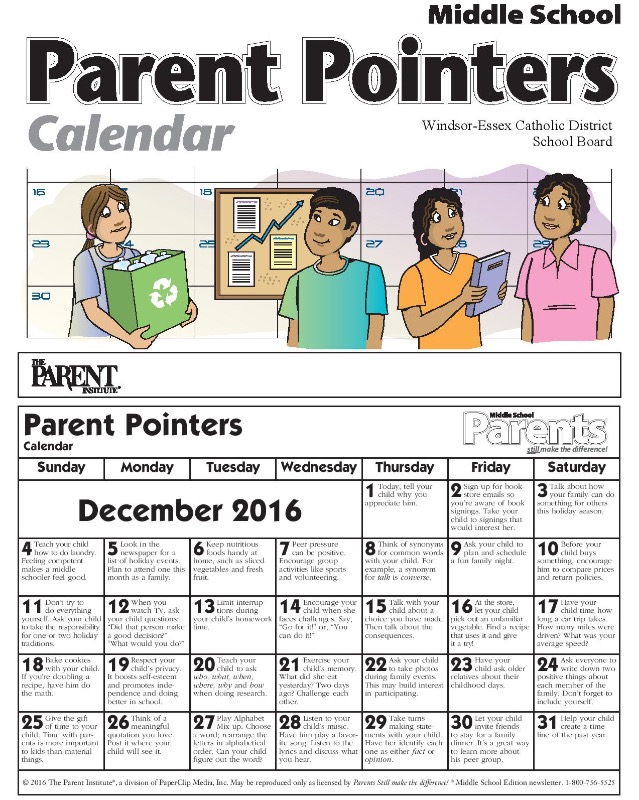 With a blank craft book or note cards, on one side write the numbers 1 through 10; you can get very creative with this. On the other side, have your child draw the number of any object they choose, like cars, dogs, or kites. Encourage your child to pick different objects for different numbers. So, on the page or flash card with the number 7, they can draw 7 balloons and on the page or flash card with 8, they can draw 8 ice cream cones. This will allow your child’s creativity to grow with their number recognition.
With a blank craft book or note cards, on one side write the numbers 1 through 10; you can get very creative with this. On the other side, have your child draw the number of any object they choose, like cars, dogs, or kites. Encourage your child to pick different objects for different numbers. So, on the page or flash card with the number 7, they can draw 7 balloons and on the page or flash card with 8, they can draw 8 ice cream cones. This will allow your child’s creativity to grow with their number recognition. - Encourage Number Recognition: Numbers are everywhere. They are in store signs and street signs, and on mailboxes and billboards. They are in books and television shows, and movies and video games. Everywhere you look there are numbers. When you see numbers around your child, ask them to recognize the number. This will allow them to recall the names of numbers without reciting them in order and to see numbers outside of their flash cards and number books.
 They will be excited now that they can recognize these numbers because of the fun games and songs they’ve been playing.
They will be excited now that they can recognize these numbers because of the fun games and songs they’ve been playing.
Teaching your toddler number recognition is important and can be an enjoyable experience for you and your child. However, there are a few things to be cautious of. First, you should always be patient with your child. Yes, it is important for them to learn and it is great to teach them early, but they will still make mistakes. It is okay when this happens because they are still learning. It will take time to understand numbers and especially number orders, so being patient is a must.
Next, make sure your toddler is recognizing and not reciting the numbers. This tends to happen when children only learn through song. They know and memorize the rhythm but will not know the numbers outside of the context of the song. For this reason, it is important to also teach recognition without songs such as on street signs, with flash cards, and especially with the abacus.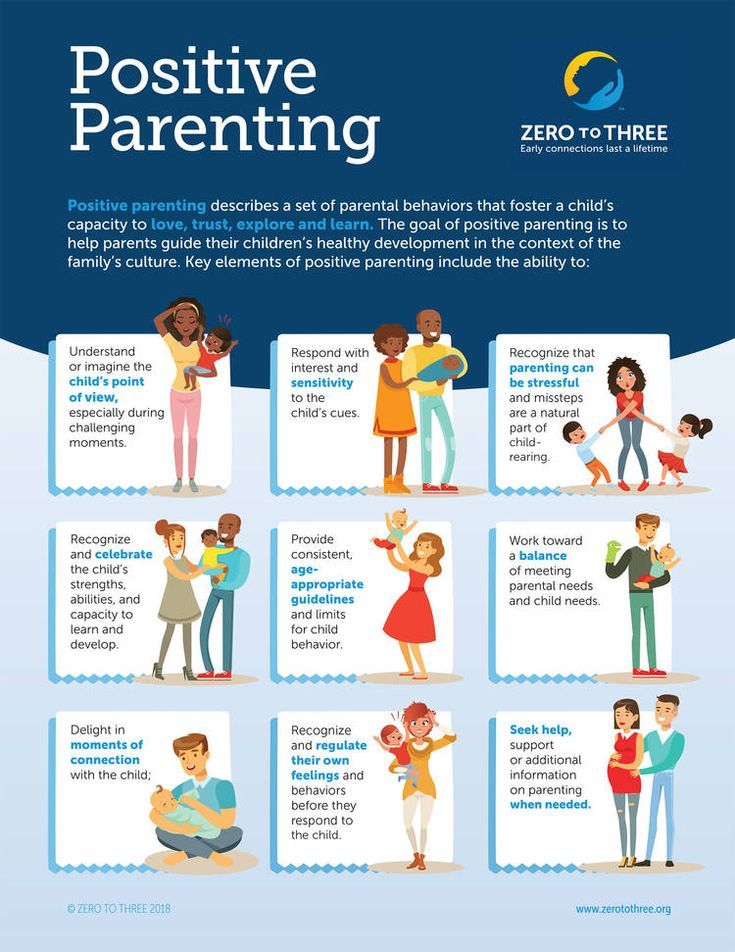
The last thing to keep in mind is not to overwhelm your child with too many numbers. When you are first starting, do not try to count numbers higher than 10. It is even okay to start with just numbers 1 through 5. If you start with numbers higher than 10, the concept may be too abstract for toddlers under the age of 4 to understand. Take your time with numbers and always make it fun!
1
Topics: Better Parenting, Child Development, Number Writing, Math Tools, Parenting Tips
When Do Kids Start Counting to 10?
Feb 12, 2022 Counting to 10 is a major developmental milestone to which many parents look forward. But, at what point should your child start to learn numbers, and when should they be able to count to 10?
In This Article
- When Should My Toddler Learn to Count to 10?
- Do you feel like your child should be counting by now?
- When Do Children Understand Basic Math Concepts?
- 9 Early Math Games for Kids Learning to Count to 10
- 1.
 Coin counting game
Coin counting game - 2. Magnetic fishing game
- 3. Songs about numbers
- 4. Get active while counting
- 5. Speech Blubs’ “Numbers and Me” section
- 1.
Math is all around us and from the moment children start exploring the world, they are learning. Whether they are identifying shapes, recognizing patterns, or predicting events, these are all mathematical concepts that develop as a child ages. But, at what age do children start to understand numbers?
The truth is, children will recite numbers before they actually understand the concept behind them. Though every child is different, most toddlers will be able to count to 10 by the time they are two-years-old. At this point in time they are probably repeating them mostly by memory and have yet to understand what they actually mean.
This concept is known as “rote” counting. Rote counting is when a child can say numbers in order, and is mostly learned through hearing the numbers repeatedly said out loud by others.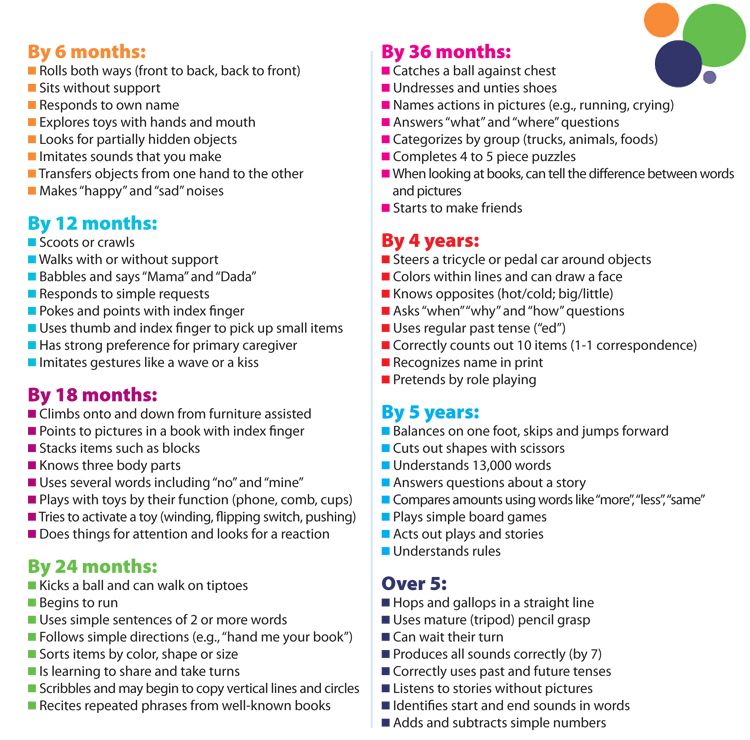
Take this free cutting-edge 3-minute quiz. You will find out if your child is on track with his milestones and receive a free report with a personalized plan of learning. Speech Blubs is full of activities to encourage speech development!
View this post on Instagram
A post shared by Speech Blubs (@speechblubs)
When rote counting to 10, children may be able to cite numbers in order or may jump from number to number randomly. The more they hear others count, the more confident they will become in reciting the proper number orders.
Note: Don’t panic if your child is not able to count to 10 by the time they are 2-years-old. This is the average age that children learn to count, but is by no means definitive.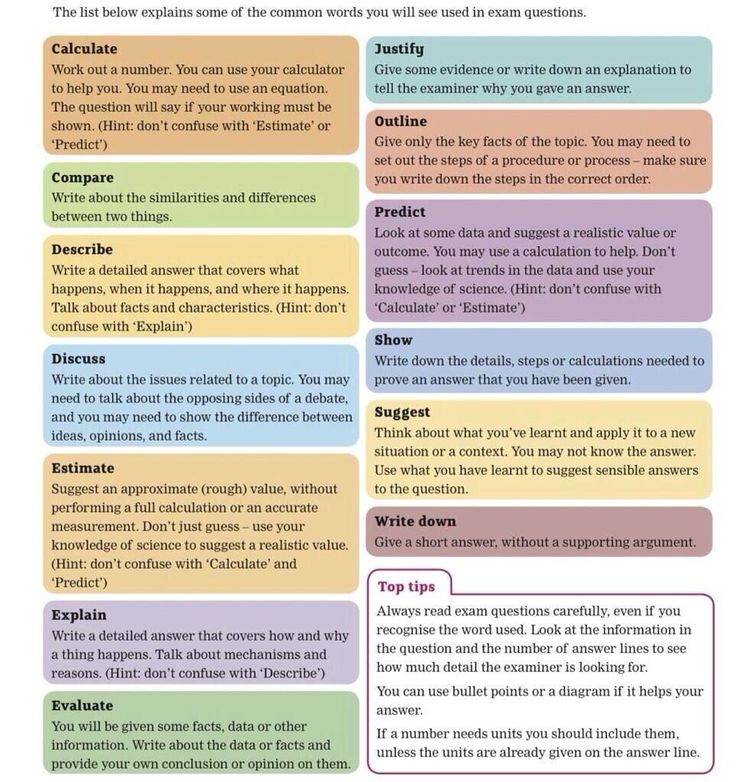
All children learn at their own pace and some will learn more quickly than others. You can help your child learn numbers by working with them on a regular basis and engaging in toddler math activities.
When Do Children Understand Basic Math Concepts?We mentioned above that even though most toddlers can cite their numbers by 2, they don’t necessarily understand the concept behind them. Children don’t actually start to understand the concepts of counting until between 2-4 years of age.
The first sign that your child is starting to understand the concept behind numbers is with a skill known as one-to-one correspondence. You will often see this during playtime. One-to-one correspondence is when children start to group objects, pointing to each one as they count them. Again, this math skill is often learned by copying others.
The next stage is understanding what these numbers represent. For example, if you count “one,” “two,” “three” cars, then there are three cars total in that group.
Once children start to understand this concept, the next stage is pairing numbers with their written numerals. Most children can start to understand this pairing by their preschool years, or 3-4 years of age.
Other mathematical concepts that are usually developed by the preschool years include the ability to recognize shapes, use classifications (height, size, etc.), use spatial awareness for puzzles, and start predicting cause and effect relationships.
Learn Numbers With Speech Blubs!
Take this quiz and get a report on your child’s milestones and a personalized learning plan.
Start the Assessment
9 Early Math Games for Kids Learning to Count to 10
Here are some early math games for kids that you can do with your toddler to help them learn numbers and to count to 10:
1.
Coin counting gameIf you give a toddler a beautiful toy, what will they want to play with? A box.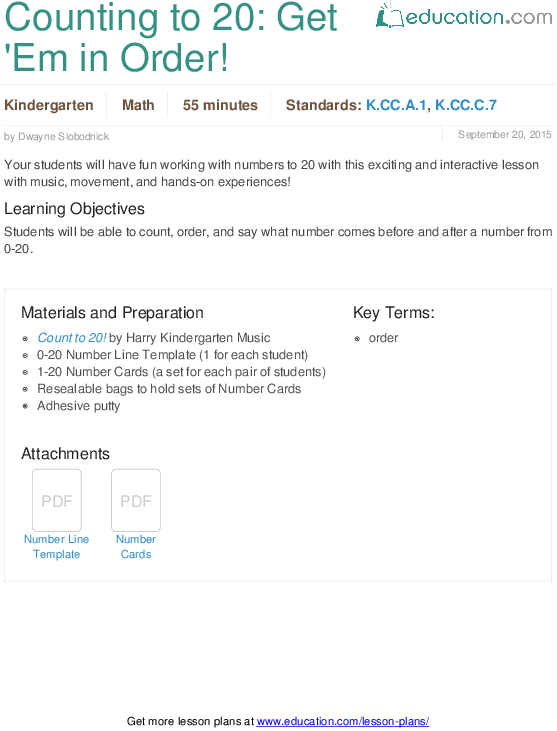 This is because toddlers love “real-life” toys and often prefer them to plastic kids’ toys.
This is because toddlers love “real-life” toys and often prefer them to plastic kids’ toys.
With a toddler, things like boxes, pots, and pans, and money will attract more attention than any toddler toy – so why not utilize this to your advantage?
To encourage counting for preschoolers, let them count coins. At the same time, you can work on sorting the coins by size and on learning the different values of the coins. Each of these are mathematical concepts that will develop over time, but that you can encourage by practicing regularly.
2. Magnetic fishing gameYou can purchase magnetic fishing games at almost any store that sells children’s toys.
These games are exactly what you would think they are – children use a magnetic pole to go “fishing” for magnetic fish.
Encourage your child to count the number of fish as they catch them. Not only will this encourage counting, but it will also help them with their hand-eye coordination.
Children love to sing and dance, and singing songs together is a great way to enhance learning. It is a perfect math game for kids, since they won’t even know they are learning! And when it comes to counting to 10, there are many songs out there that can help your child learn.
All you have to do is search YouTube for “number songs,” and you can choose from a long list of catchy tunes to help your child learn their numbers – and have a blast while doing it.
The Very Hungry Caterpillar is one of the classics, when it comes to teaching counting for preschoolers.4. Get active while countingWhen it comes to learning, we always like to encourage you to get your children outside.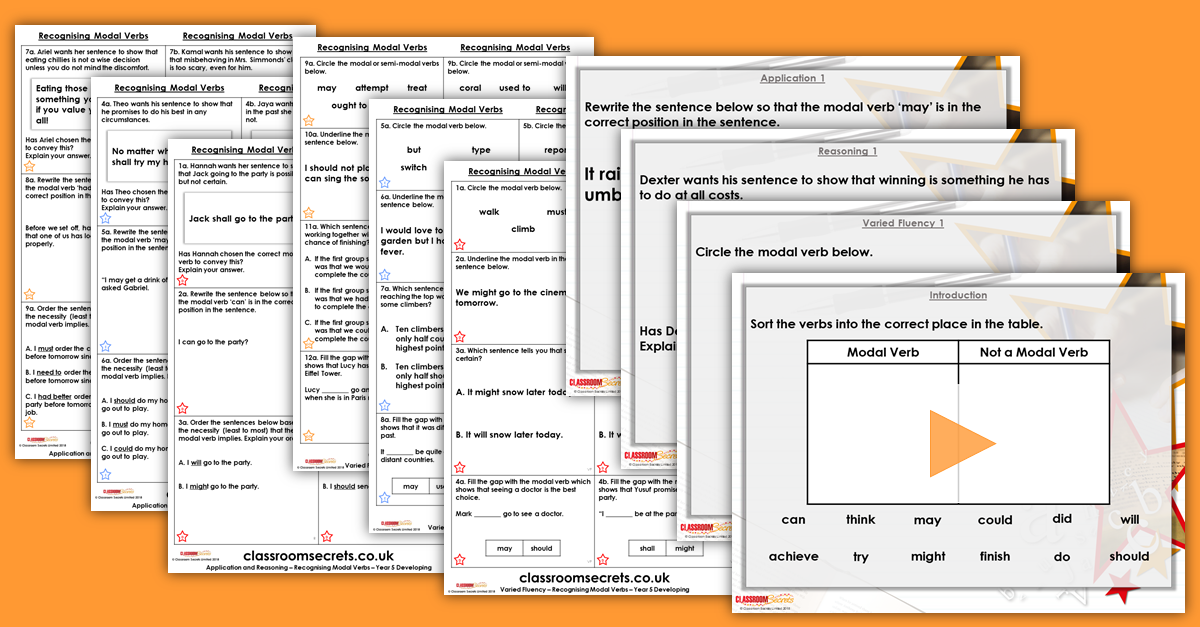 And when it comes to mathematics, nature is one of the most educational places your child can be.
And when it comes to mathematics, nature is one of the most educational places your child can be.
Why? Because there are examples of math all over – the symmetry of a snowflake, the pattern of a pinecone, the geometry of a honeycomb, the height of different trees – math is everywhere you look. Of course, you can’t expect your toddler to understand the geometry of a honeycomb, but you can encourage them to count outdoors. **You also might check out Jon Scieszka’s bestseller, The Math Curse, for a fun story about a child who encounters math in everyday activities.
Go for a walk, choose a piece of nature (i.e., a tree), and see how many you can count on your way.
Learn Numbers With Speech Blubs!
Take this quiz and get a report on your child’s milestones and a personalized learning plan.
Start the Assessment
5. Speech Blubs’ “Numbers and Me” sectionSpeech Blubs is a speech therapy app that can help toddlers and young children to work on their speech. It can be used by all children, including those at a “typical” developmental level, and those with developmental speech delays due to conditions like autism or other learning disabilities.
It can be used by all children, including those at a “typical” developmental level, and those with developmental speech delays due to conditions like autism or other learning disabilities.
The NUM8ER5 AND M3 section of the app puts elementary numerical concepts on the tips of children’s tongues. It is a great early math game that you can use to teach counting to preschoolers.
Speech therapists will tell you that as children learn, the brain processes mathematical and linguistic stimulus in completely different locations of the brain. But, by doing exercises that target both of these neural centers simultaneously, you can help pave new neural networks within the brain.
When using Speech Blubs, children’s participation will be rewarded with fun facts that show how various numbers appear within the world, on our bodies, and within society in general. Regular updates of fresh and new content keep the app exciting and interesting for young ones.
Remember, however, that while the app works to help kids learn numbers and the concepts behind them, children always reap the most benefits when their parents participate. In return, it’s important that you make time to laugh along, mimic the speech models with your child, and extend the ideas on the app into the real world so that they can gain more context.
In return, it’s important that you make time to laugh along, mimic the speech models with your child, and extend the ideas on the app into the real world so that they can gain more context.
The more time you spend doing toddler activities and using the Speech Blubs app with your child, the more benefits they will receive from it.
Teach numbers with Speech Blubs! Our fun section, NUM8ERS & M3 will help your toddler learn counting and develop his number sense in no time!
6. Go on a Numbers Hunt
Draw numbers from 1 to 10 on large pieces of paper. Tape them on the objects around the playroom or in your living room. For example, one can be on a chair, two can be on the couch, three in the corner, four on the wall, five at the window, etc. When you shout out a number, your child has to go to that number and point to any object they represent! If they struggle you can give them clues. This activity is best for kids aged 3 or 4 when they have already learned the numbers by rote.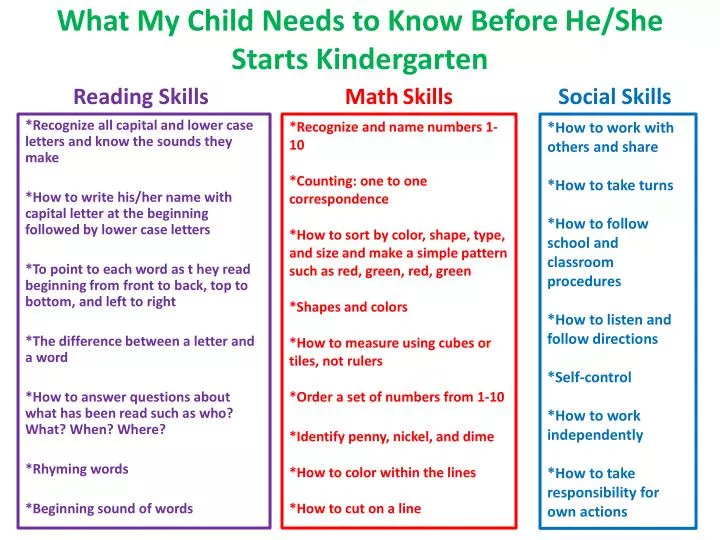 It is also fun physical activity if you tell them they have to be as fast as possible or if you have more kids in the room who can compete to arrive first at the right number.
It is also fun physical activity if you tell them they have to be as fast as possible or if you have more kids in the room who can compete to arrive first at the right number.
Find more ideas in this video about Number Recognition Preschool Activities:
Watch this video for more educational math activities for preschoolers!7. Trace the Numbers
For this one, you need masking tape. Tape the shape of a number on a big piece of paper and ask your little one to trace them with colored pencils or sharpies. Besides the number writing practice, this activity is also great for working on their fine motor skills! If they like it, it can keep them occupied while you take some time off, prepare a meal, etc.
8. Sort the Colorful Mini Pom-Poms
Take an egg carton, and write a number in each of the egg compartments. Color each with a specific color. Now find objects to fit in the egg compartment that are the same color. This can be paper clips or small fluffy pom-poms you can get in the dollar store. Now match the number of pom-poms with the number and color in an egg compartment. For example, 1 yellow pom-pom, 2 red pom-poms, 3 green pom-poms, etc. Give your toddler the exact number of pom-poms for each color! Mix them up, and ask your child to sort them. They will be sorting for hours, learning colors and numbers at the same time.
9. Count with Legos
If you have Legos or any other toy building bricks at home, you can simply count them and learn numbers. Write numbers from one to 10 on a piece of paper. Below each number write a square or a box. Ask your child to put one Lego brick in the box under the number one, two under the number two, three under the number three, and so on. This will teach your child to compare what is less and what is more. You can also ask them: “Is one less than two? If I have two lego bricks, do I have more than one?” Don’t be too bothered with right or wrong answers (you can model to them what is right), the point is to just get them familiar with comparisons.
This will teach your child to compare what is less and what is more. You can also ask them: “Is one less than two? If I have two lego bricks, do I have more than one?” Don’t be too bothered with right or wrong answers (you can model to them what is right), the point is to just get them familiar with comparisons.
Learn Numbers With Speech Blubs!
Take this quiz and get a report on your child’s milestones and a personalized learning plan.
Start the Assessment
How to teach a child to count
1781
Learning numbers with a child and teaching him to count is not an easy task. But any parent knows that you need to get acquainted with mathematics at a preschool age. If a kid at 5-6 years old masters the composition of the number and counting within ten, then it is more likely that at school it will be easier for him to cope with tasks.
How to interest a child in mathematics?
First, follow the basic rules:
- 1.
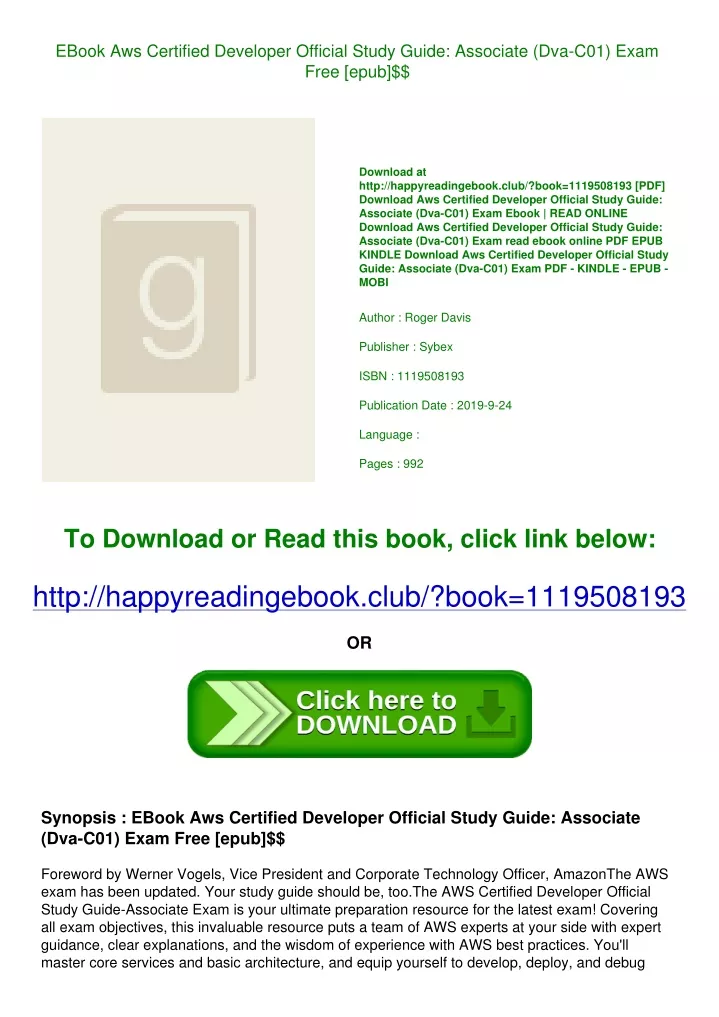 It is better to learn numbers and numbers not at the table, but in the game or immediately in practice. For example, have the child count the ingredients for a cake or a button on a shirt.
It is better to learn numbers and numbers not at the table, but in the game or immediately in practice. For example, have the child count the ingredients for a cake or a button on a shirt. - 2. Practice when the baby is in a good mood. Try to evoke positive emotions in him. So the information is better remembered.
- 3. First, choose easy examples so that the child can cope with them. And when he successfully masters the first task, he will definitely want to repeat the success. At the same time, do not forget to praise the child. nine0014
-
develop attention, memory, thinking, speech - namely, this is the basis for successful schooling;
- nine0002 help to learn letters and numbers, learn to read, count, solve examples and problems, get acquainted with the basics of the world around;
-
provide quality preparation of the child for school;
-
allow primary school students to master and consolidate the most important and complex topics of the school curriculum;
-
broaden the horizons of children and in an accessible form introduce them to the basics of various sciences (biology, geography, physics, chemistry).
 nine0004
nine0004 - Make numbers from cardboard or colored paper and glue the head, legs, arms to them.
- Make a figure in the form of a carrot or other vegetables and fruits. The child will know that one is a carrot and the number five is a tomato. nine0055
- Teaching with time and calendar.
 For example, show your child the clock face and say: at 8 am we wake up, at 1 pm you have lunch, at 5 pm we drink tea. Assign a child to be responsible for a day on the calendar. Let him underline today's number, and throughout the day you tell him interesting fictional stories about this number, day, and remind him of the number as often as possible.
For example, show your child the clock face and say: at 8 am we wake up, at 1 pm you have lunch, at 5 pm we drink tea. Assign a child to be responsible for a day on the calendar. Let him underline today's number, and throughout the day you tell him interesting fictional stories about this number, day, and remind him of the number as often as possible. - It is useful to have a poster at home with arrows showing how to write numbers correctly.
- Draw numbers in the air, on dad's back, on a foggy window, on wet sand, in a bowl of semolina or flour, etc.
- Play with numbers, draw elements, turn numbers into animals and birds.
- Make crafts with numbers. It is much easier to first teach a child to draw and sculpt numbers, and then start writing.
- Make a template for numbers out of cardboard so your child can trace them.
- Buy a copybook of numbers in which the child can first circle the numbers that are drawn with a dotted line, and then write independently what he remembers. nine0055
- Buy coloring pages that require you to trace numbers and then color them in.
- 4. Practice constantly, each time using something new. This is how you maintain interest and form a habit.
- 5. If the child fails to solve the task - do not get annoyed, but try to explain in practice. After all, the main thing in 5 years is not to learn the basics of mathematics, but to form an interest in studying it in the future.
How to learn numbers:
Draw and hang in the child's room a number series from 1 to 20.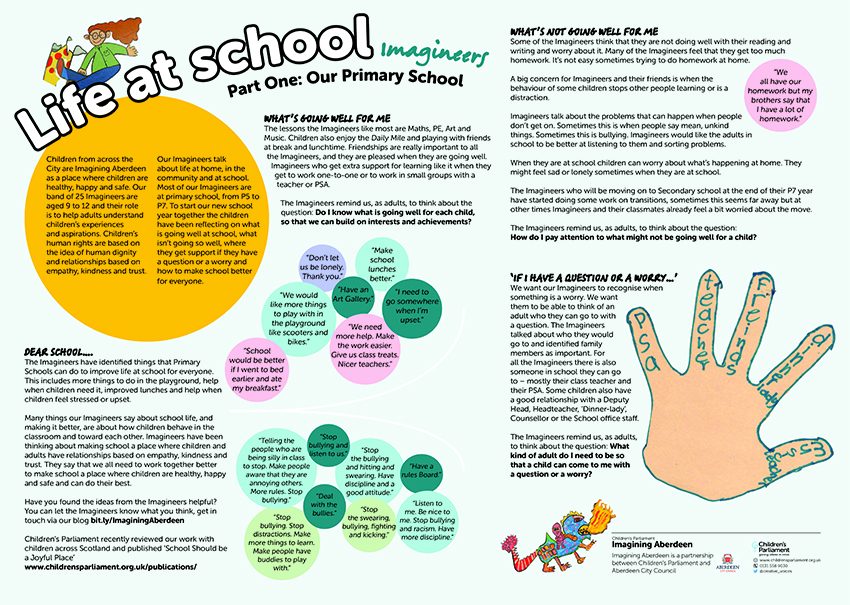 It will always be in front of your eyes and will be remembered. Play the game of "jumping finger": point your finger in a chaotic order of the numbers from this row and ask for a number. Draw separate cards with numbers from 1 to 20 and ask the child to name them. In the first case, the baby remembers the ordinal arrangement of numbers, and in the second, he learns to recognize them randomly. nine0004
It will always be in front of your eyes and will be remembered. Play the game of "jumping finger": point your finger in a chaotic order of the numbers from this row and ask for a number. Draw separate cards with numbers from 1 to 20 and ask the child to name them. In the first case, the baby remembers the ordinal arrangement of numbers, and in the second, he learns to recognize them randomly. nine0004
Make these cards: draw a number on dark cardboard with PVA glue, dip in semolina and dry. We work with these cards like this: the child circles the number with his finger as it should be written according to the rules, and pronounces the association aloud. For example, the number 1: first draw a tail with your finger from the bottom up, and then a straight stick down, saying: "Beak, leg." For numbers 2 - "Head, neck, tail"; 4 - "Back, seat, leg", etc. Come up with your own associations to better remember. In this exercise, children visually see the number, feel it tactilely, remember the spelling, speak out loud and reinforce it with associations. nine0004
nine0004
You can get acquainted with the numbers and complete tasks online to consolidate knowledge on our website in the "Counting and Numbers" section.
How to teach counting:
In order for a child to learn to count, he must master the composition of the number, that is, understand that the number 5, for example, consists of a combination of the numbers 2 and 3, 1 and 4, etc. And for this, we first show the numerical value of the number 5 on real identical objects. For example, 5 is 5 spoons, apples, etc.
Play the game "Let's share" as often as possible. Take 5 sweets and offer to share between two. Ask the child: "How will we divide the sweets? How much will you take for yourself, and how much will you give to me?" Show that 5 sweets can be divided like this: 1 for mom, and 4 for baby, 2-3, 3-2, 4-1. And be sure to show that you are not counting empty numbers, but numbers that represent real candies. nine0004
You can also play this game: take 5 buttons (or other small items), first show the child that there are 5 of them, count with your finger.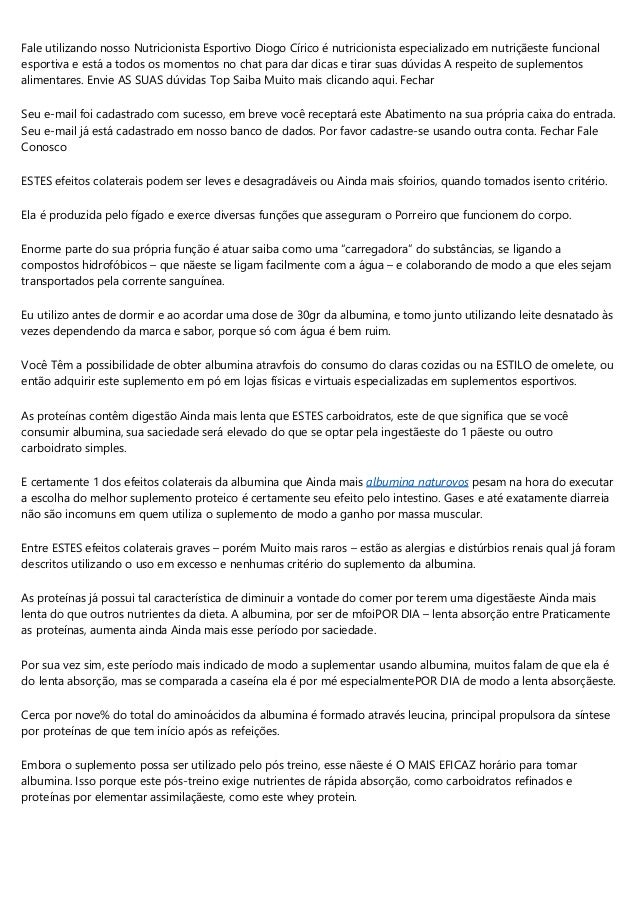 Then hide your palms with buttons behind your back and ask the child: “If I have 2 buttons in my right hand, how many in my left?” And then invite the kid to ask you a riddle. Guessing, sometimes "make mistakes" - children love to "catch" adults on mistakes.
Then hide your palms with buttons behind your back and ask the child: “If I have 2 buttons in my right hand, how many in my left?” And then invite the kid to ask you a riddle. Guessing, sometimes "make mistakes" - children love to "catch" adults on mistakes.
Having mastered the composition of the number, the child will easily understand the basics of addition and subtraction.
nine0002 Tasks for ordinal counting and comparison for preschoolers are recommended to be completed on the page "Assignments in mathematics for children 5-6 years old."Did you like it? Share with friends:
Online classes on the Razumeikin website:
How to teach a child to write numbers?
Rastishka yoghurts and curds are enriched with Ca and D3.
100 g of yogurt or cottage cheese provides 20-27% of the daily calcium requirement for preschool and school children.
About calcium
Anastasia Chumik
Do you want to teach your child to write numbers at home? We will show you in what ways you can teach a child to write numbers correctly and at what age he is ready to perceive digital literacy. nine0088
bigfamily.club
When to start teaching a child to write numbers?
The most important call for parents is that the child confidently counts to ten and correctly correlates the number with the number of pre-motes that it indicates. More often, children of 5 years old already know how to count to 10, so you can safely teach them to write numbers.
The most optimal age to start teaching a child to write numbers is 4-5 years.

It makes no sense to teach a child to write numbers at the age of 2, since his hand is not yet ready for this, the muscles are weak, fine motor skills are poorly developed. It is much more efficient to do modeling, appliqué, all kinds of designers and other small things in order to develop thinking and coordination. The most important (and useful!) activity in early childhood is the development of memory. If a child has a good memory, all school subjects in the future will be given to him easily, visual memory will help to memorize and assimilate any material faster, including help in teaching mathematics. Therefore, feel free to teach your child to RECOGNIZE and name numbers, but take your time with the letter! nine0004
What is important for a child? To make the process interesting. Conduct classes only in a playful way, so the child can quickly remember how to write numbers.
Take math classes anywhere: in the yard, on your way to the store, or at your desk. The child, like you, should be comfortable.
The child, like you, should be comfortable.
Learning Numbers in Different Ways
First, explain to your child that there are numbers and show them what they look like. Then invite the child to decorate the number or mold it from improvised materials, the way he sees it. Correct me if the numbers don't look right at all. When the child understands what this or that number looks like, fix the material. nine0004
The associative method is the best way to teach a child. It is suitable both for those who want to teach a child to read and for those who want to teach a child to write numbers. Here you can show all your imagination.
www.millionpodarkov.ru
A child will be able to learn how to write only after he orally masters all the information. Only then can you teach him to count and write numbers. nine0004
bigfamily.club
There are special toys to help children learn how to write numbers. For example, such a tablet. It comes with a magnetic pen. On the board there are cells with balls along the contour of numbers from 0 to 9. Above each number there are hint arrows on how to correctly direct your hand when writing each number. The child leads the magnetic pen along the contour, small balls rise up and remain fixed. An empty cell becomes filled, and the number itself is “written”.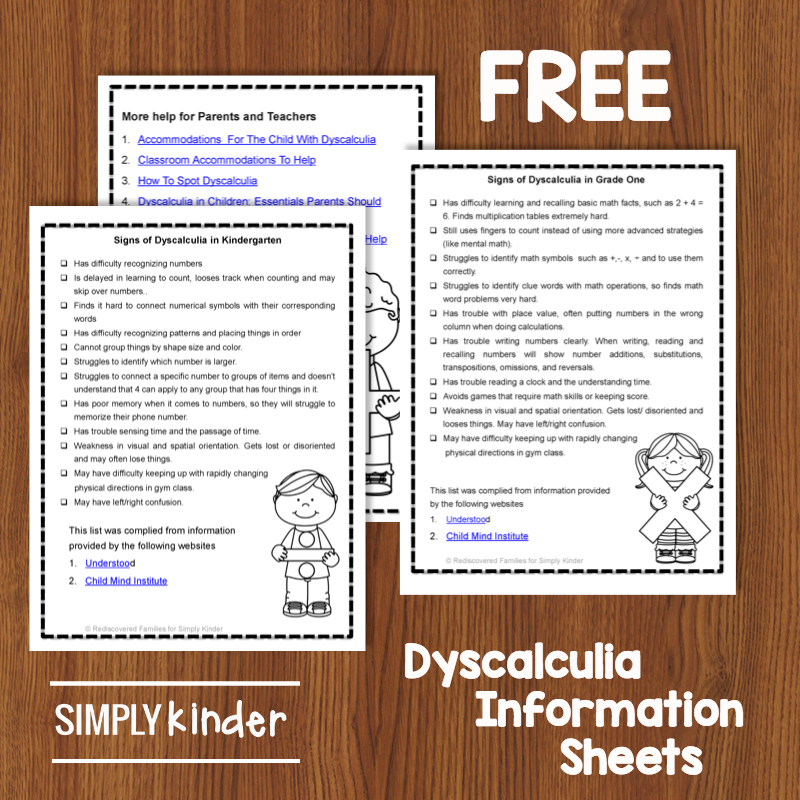 This game tablet helps the child's hand to remember the shape of the numbers. nine0004
This game tablet helps the child's hand to remember the shape of the numbers. nine0004
To start all over again, you need to run your finger over the number, the metal balls will hide inside. Feeling like bursting bubble wrap is useful and pleasant.
If something doesn't work out for a child, don't worry. This means that the baby is not yet ready to perceive new information. Prepare him well for the most important step in his life - writing.
The question arises: how much time should be devoted to writing numbers? It all depends on you. It can be intense five-minute games or a half-hour monotonous analysis of each number. What is more effective, you will understand immediately. nine0004
Teaching a child to write numbers in different ways
There are several ways to teach a child to write numbers.
www.razvitierebenka. com
com
i.sand-therapy.ru
Draw a number, and let the child repeat first, and then guess which number he saw. nine0004
www.brekend.nl
www.vmersine.com
In order for the child to learn to perceive numbers from childhood, parents show cartoons for the little ones.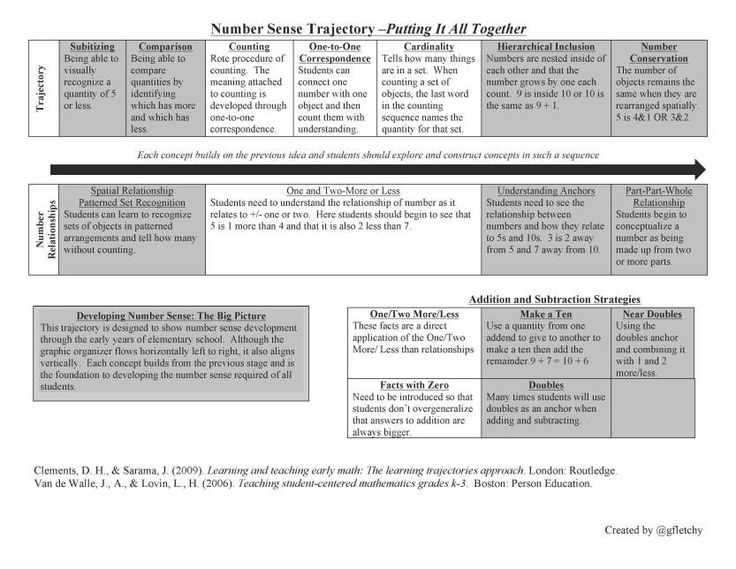 For example, Tiny Love cartoons can be watched by children from one to five years old.
For example, Tiny Love cartoons can be watched by children from one to five years old.
Why? The cartoon often mentions numbers, they are shown in the picture and well voiced. Watch these cartoons with your child. Stop the cartoon and ask what the baby saw and heard. Then you can take a notebook, write a few numbers there and let the child write one number several times. nine0004
These tasks will help you quickly learn how to write and do it beautifully. There are interesting coloring pages for sale. They contain images of animals, people, objects that the child must color, and then count how many objects are in this picture and enter the number. This method is well suited for those children who understand how numbers look, but do not know how to write them.
Work with your child every day, because only then you can see a good result. Give your child more attention and help him master the spelling of numbers.




